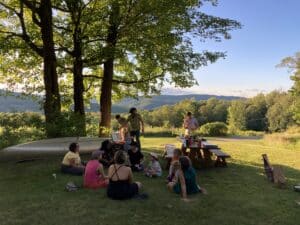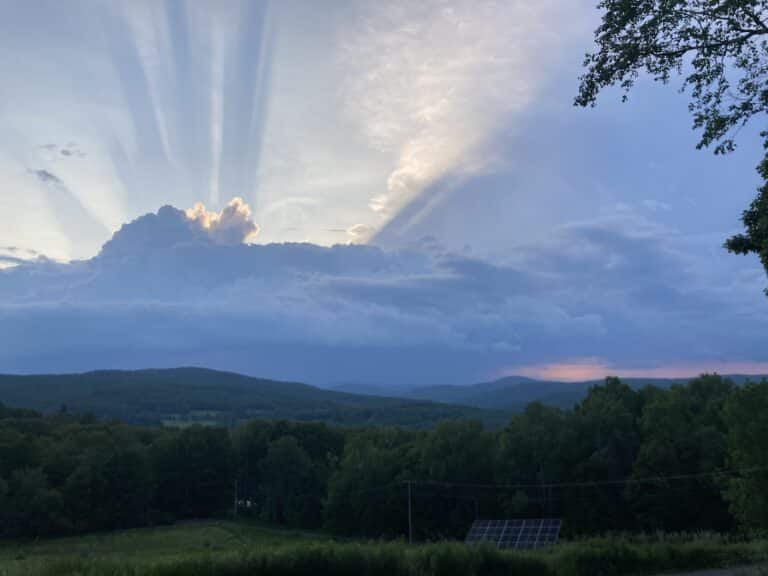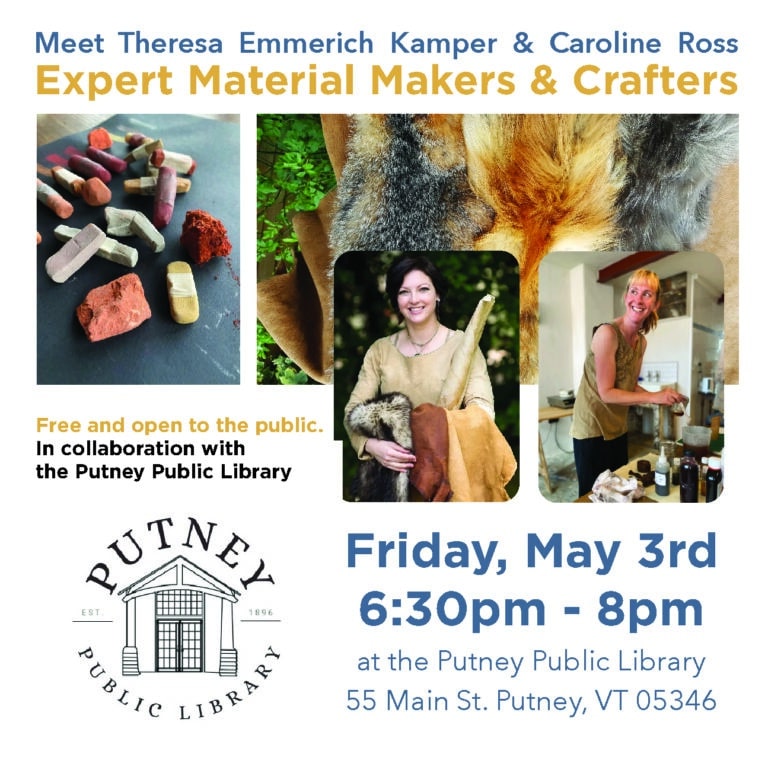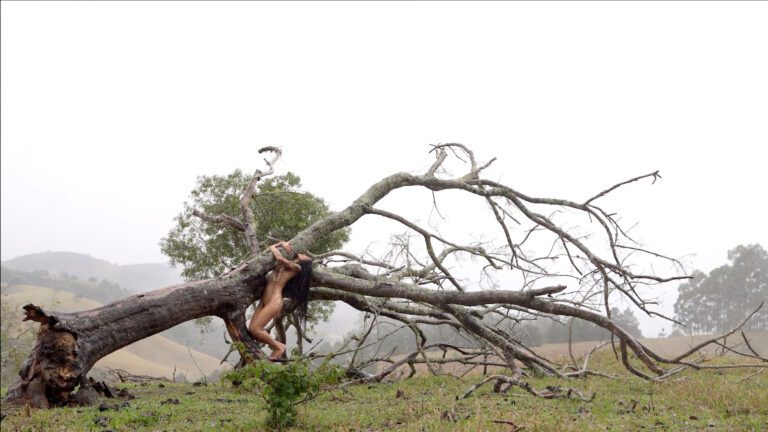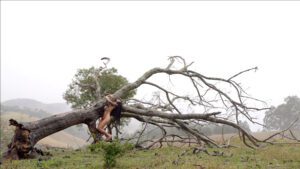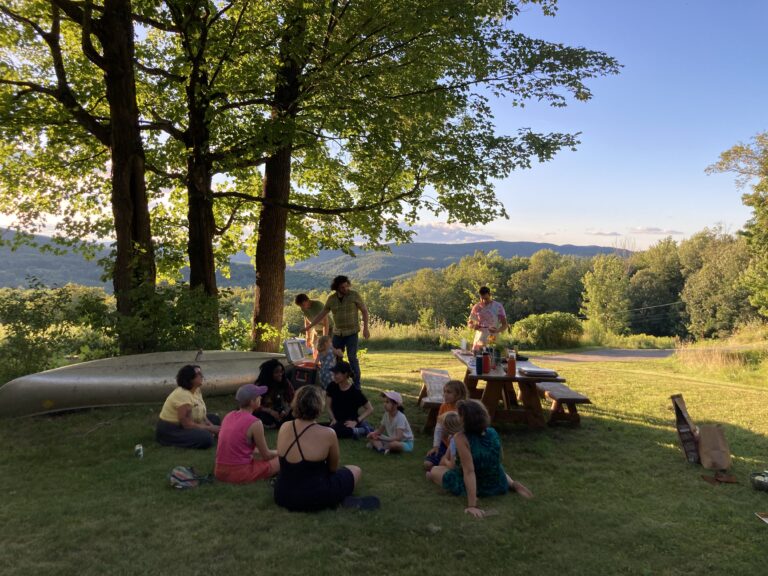Our Commons is a small, private art residency campus with rustic but comfortable accommodations. We have two yurts and a small community kitchen for self catering, as well as ample space for tenting. We are close enough to the villages of Rockingham, VT for access to guesthouses and inns (Saxtons River, Bellows Falls, & Chester, VT).
A 2,000 square foot barn on the Hartley Hill property underwent extensive renovation and revitalization in 2023, to provide comfortable, shared and private work spaces for the resident founders, local artists, and visiting artist residents. Links to both Accessibility info and Facilities info are below.
The studio barn and surrounding environs lend themselves well to; visual art, music, writing, poetry, dance, collaborative work, land-based work, research, reflection, ephemeral practices, magic, small workshops and educational retreats. We do have some material and media restrictions based on our ecological impact philosophy, and the studio’s ability to accommodate them, but we aim to be able to serve as many types of creative expression as we can!
Types of Programming at In Situ
• Self-Directed Residencies (or as we like to think of them, incredibly important art-vacations)
• Collaborative Group Residencies (making your art with your collaborators or in community with your art pals)
• Workshop Offerings on our Campus (art classes, material-making or ecology-related courses for the general public)
• Institutional Collaborations (local venue with a need to host a visiting performer? Collaborative residency, exhibition or workshop idea?)
You can learn more about the upcoming programs we have on offer, including workshops and residencies, at the Programs link below.
We also welcome proposals from artists, curators and other organizations for residencies, retreats and workshops.
Don’t wait for an application round to open, go ahead and send us a proposal! Please send us a message on our Contact page, so we can learn more about what you envision.

